Hexagons and Honeycombs
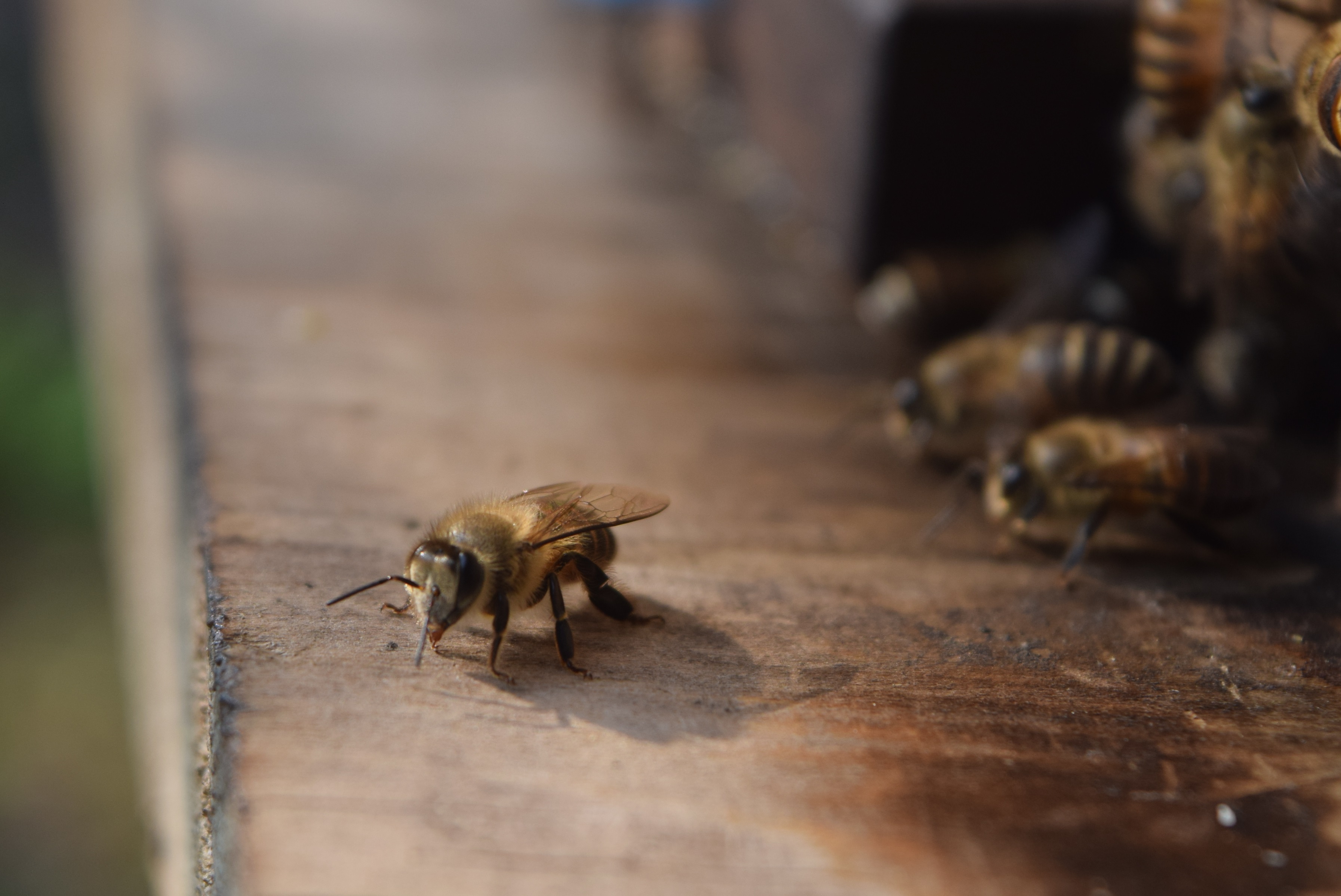 Have you ever wondered how bees create perfect hexagon shapes while constructing their honeycomb nests?
Have you ever wondered how bees create perfect hexagon shapes while constructing their honeycomb nests?
After pondering this question while staring at a piece of perfectly formed honeycomb from a wild beehive, I had to find out more.
With pollinator week (17-23 June) approaching I provide below the secret of the hexagon shape and a reminder of the importance of bees in nature, in celebration of pollinator week.
Master builders?
As it happens, the walls of the honeycombs do not start out as hexagons. Each hole or chamber in the wax (where eggs are laid) starts out as a circular tube, burrowed out by the bee. The heat created by the activity of the bee while building causes softening of the wax tube. The wax hardens as it cools in the most energetically favourable configuration which happens to be a hexagon shape, the surface tension of the molten wax pulls it into the hexagon form. This phenomenon follows a universal tendency of physical forces to seek equilibrium. So, the bee whose brain is the size of a grain of sand, is unfortunately not a master builder, although the achievements of bees and their ability to work together and communicate certainly make up for any lack of physics knowledge!
Once built the bees fill the hexagonal tubes in the wax with honey, nectar, pollen and larvae, vital functions for the maintenance, growth and expansion of the colony.
Bees are critical to life on Earth
As pollinators, bees play a key role in every aspect of the ecosystem. They support the growth of trees, flowers, and other plants, which serve as food and shelter for myriads of creatures. Bees carry pollen from flower to flower to fertilize wild and cultivated plants. Fertilized plants produce seeds, ensuring that the surrounding habitat continues to thrive.
Pollination is vital to the approximately 250,000 global species of flowering plants that depend on the transfer of pollen from flower anther to stigma to reproduce.
As their name suggests, as well as being pollinators, honey bees also produce honey. Honey, of course, is the most well-known and economically important beehive product.
Where do Honey Bees originate?
Honey bees are native to Africa, the Middle East and Southern Europe and have become naturalized in ecosystems around the world as a result of intentional transport by humans. They are not native to the Americas or Southeast Asia.
While feral honey bee populations may be healthy in many parts of the world, the health of managed honey bee colonies is threatened by a host of factors including habitat loss, pesticides, pathogens, predators, parasites and climate change.
In addition to honey, bees produce four other products: beeswax, royal jelly, propolis, and venom, all of which are collected and used by people for various nutritional and medicinal purposes.
After honey, beeswax is the second most important hive product from an economic standpoint. Dating back to ancient Greece and Medieval Europe, beeswax continues to be a popular product. It has numerous uses including candle making and polishing leather and wood. The pharmaceutical industry uses the substance as a binding agent and drug carrier. Beeswax is also one of the most commonly used waxes in cosmetics.
Propolis is a compound produced by bees thought to fight infections, heal wounds, and more. This can also be found in health products due to its healing properties.
Bee venom which is injected through the bee sting when it defends the colony can be used as a natural treatment for a variety of ailments, ranging from reducing inflammation to treating chronic illnesses.
To human societies and to nature itself the greatest importance of honey bees is their work as pollinators. In agricultural terms, the benefits resulting from honey bee pollination are estimated to be between 10 and 20 times the total value of honey and beeswax. According to the US Food and Drug Administration bee pollination accounts for about USD$15 billion in added crop value in the USA alone.
Bees make excellent pollinators because most of their life is spent collecting pollen, a source of protein that they feed to their developing offspring. When a bee lands on a flower, the hairs all over the bees’ body attract pollen grains through electrostatic forces. Stiff hairs on their legs enable them to groom the pollen into specialized brushes or pockets on their legs or body and then carry it back to their nest.
Individual bees tend to focus on one kind of flower at a time, which means it is more likely that pollen from one flower will be transferred to another flower of the same species by a particular bee. Many plants require this kind of pollen distribution, known as cross-pollination, in order to produce viable seeds. The business of collecting pollen requires a lot of energy, and so many flowers attract and also reward bees with nectar, a mixture of water and sugars produced by plants.
Bees in decline
Unfortunately, bee populations around the world are in decline. Climate change causes some flowers to bloom earlier or later than usual, leaving bees with fewer food sources at the start of the season. Bees suffer habitat loss from development, abandoned farms, and the lack of bee-friendly flowers. Some colonies collapse due to plants and seeds treated with pesticides, or harmful parasites like mites.
The good news is there are ways we can all help bee populations thrive. Planting bee-friendly plants on our balconies, in private gardens, and in botanic gardens will not only lead to healthy and vibrant plants but will ensure that bees continue to play their critical role in our ecosystem. Also, agriculture practices should incorporate patches of wildflower meadows which also attract bees and help sustain populations.
The Honey bee is but one of tens of thousands of pollinating species in the world, including wasps, flies, beetles, butterflies, moths and other bee species. Many mammals and birds also contribute to this important life-sustaining function in nature.
During Pollination Week let’s all give a thought to the creatures that we share the Earth with that help to sustain our own presence on this planet by carrying out critical functions during their daily activities, functions that many of us just take for granted.
Many animal species carry out an important role in Pollination in Hong Kong some examples are provided below:
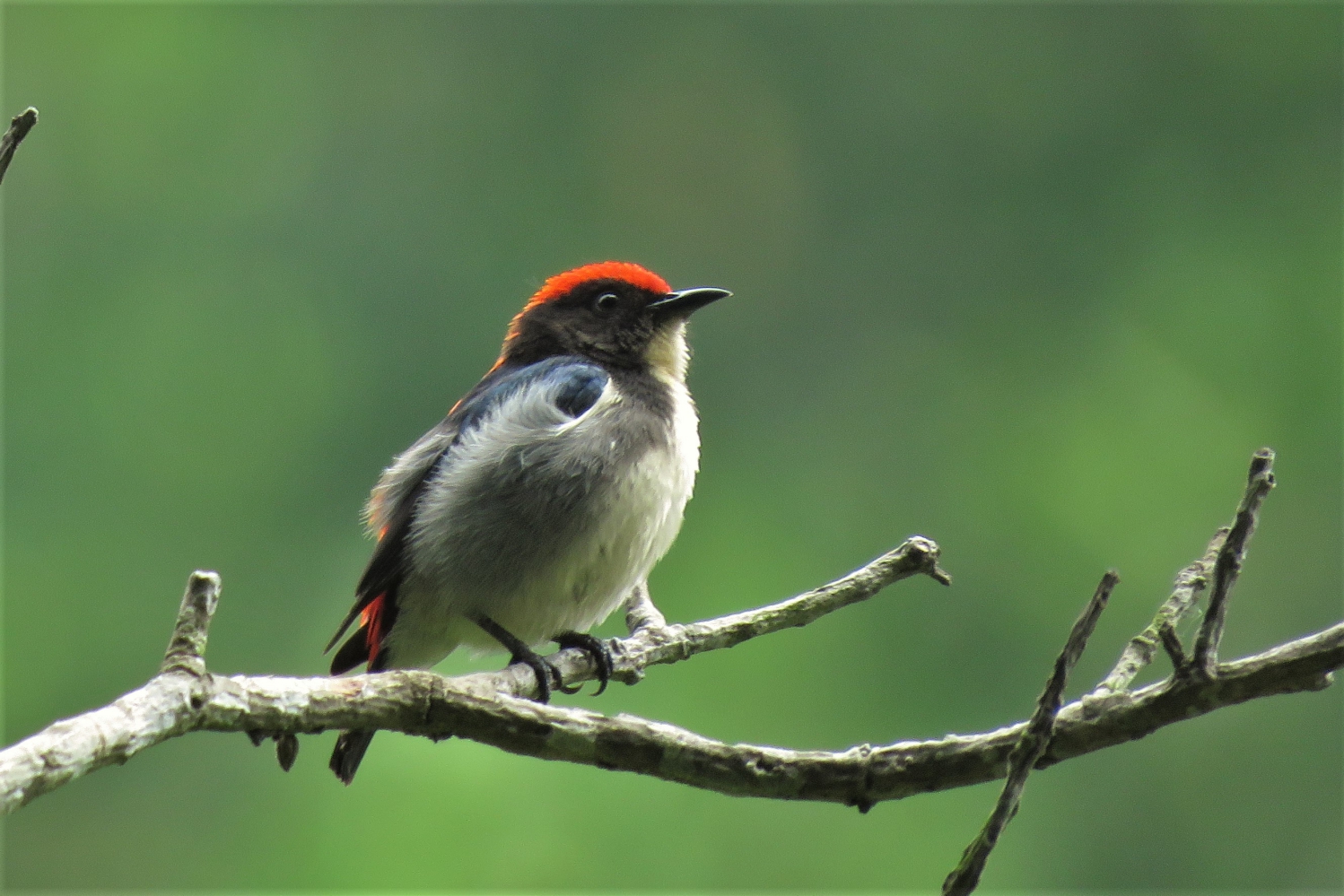 Photo credit: KCC / KFBG |
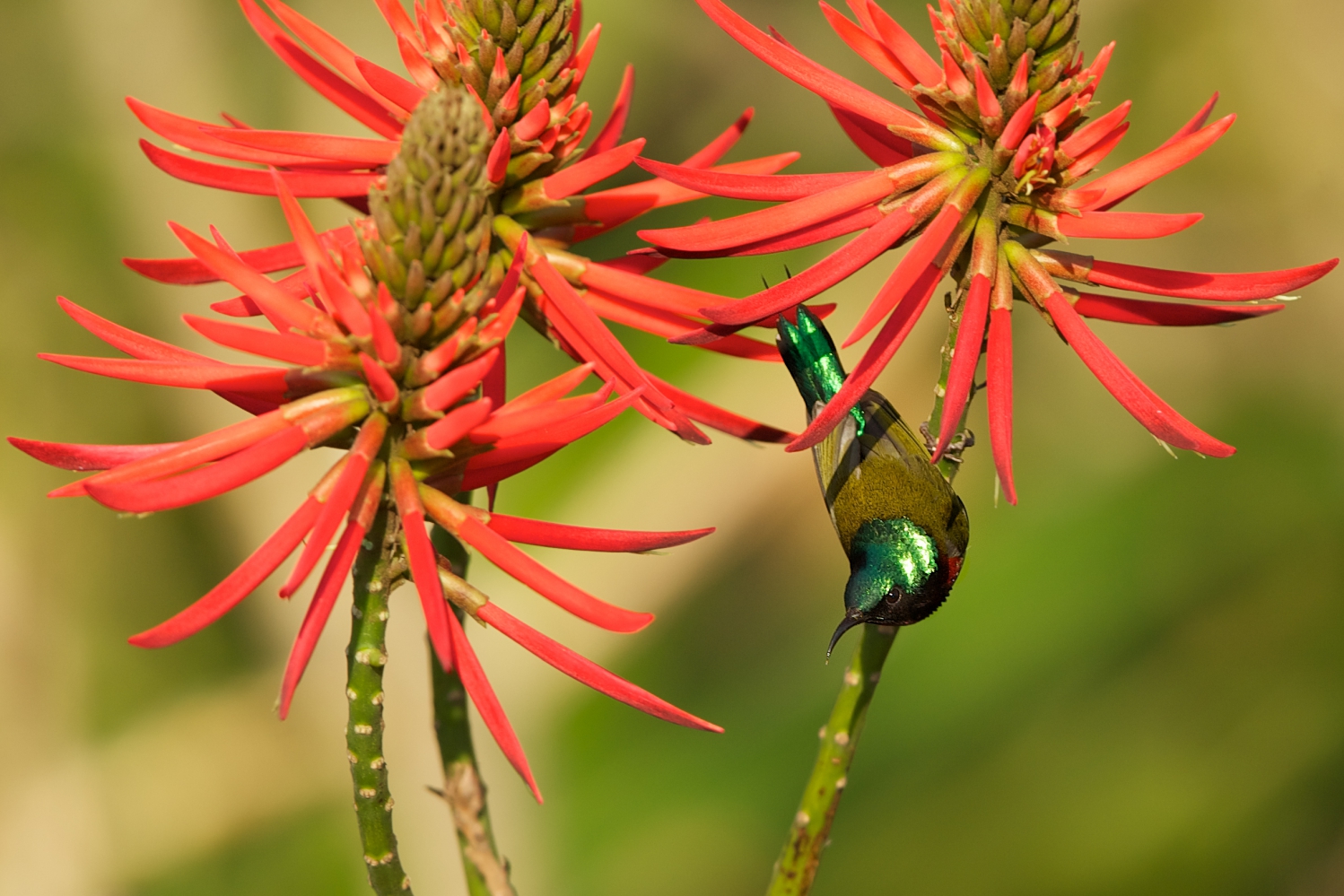 Photo credit: Robert Ferguson |
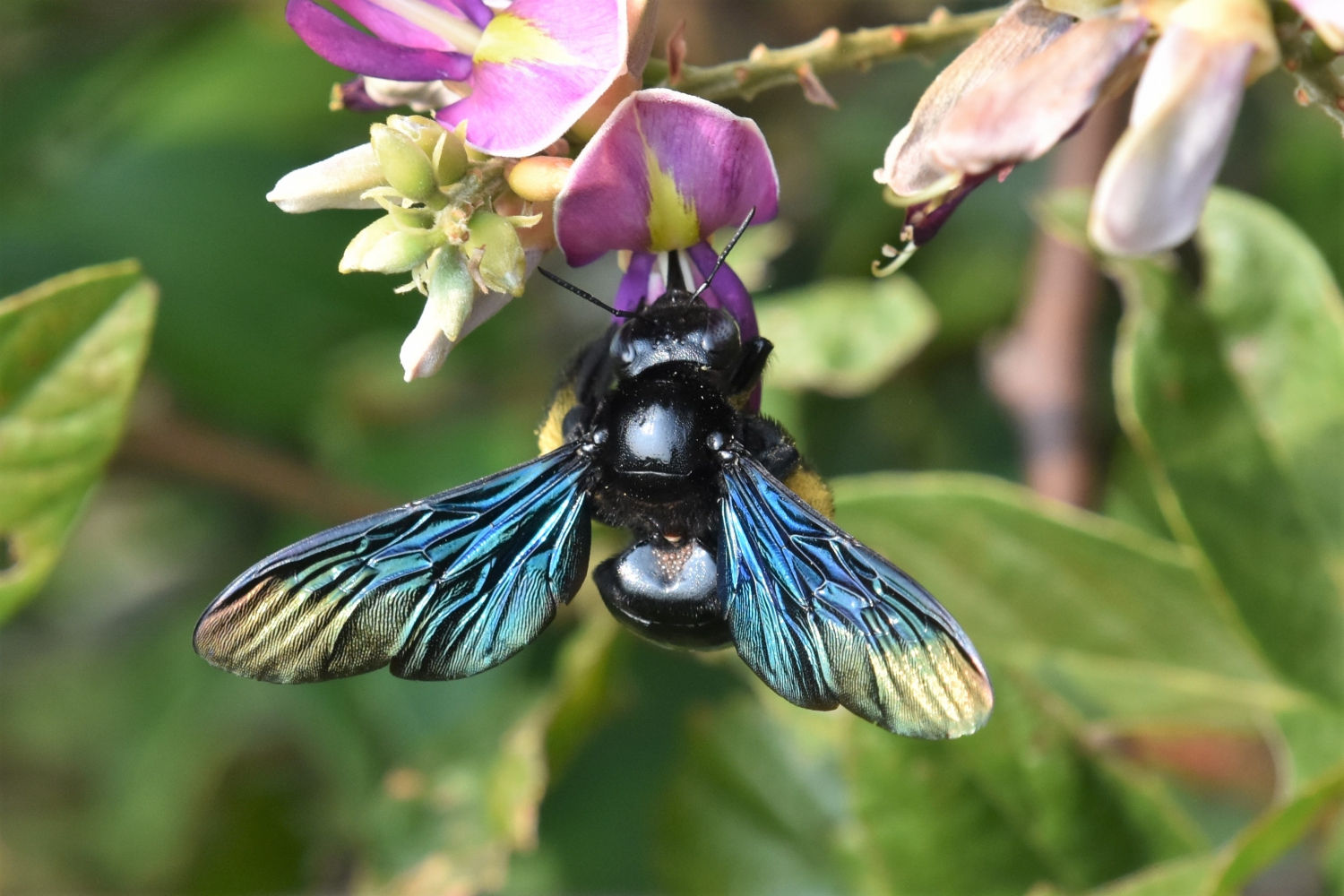 Photo credit: KCC / KFBG |
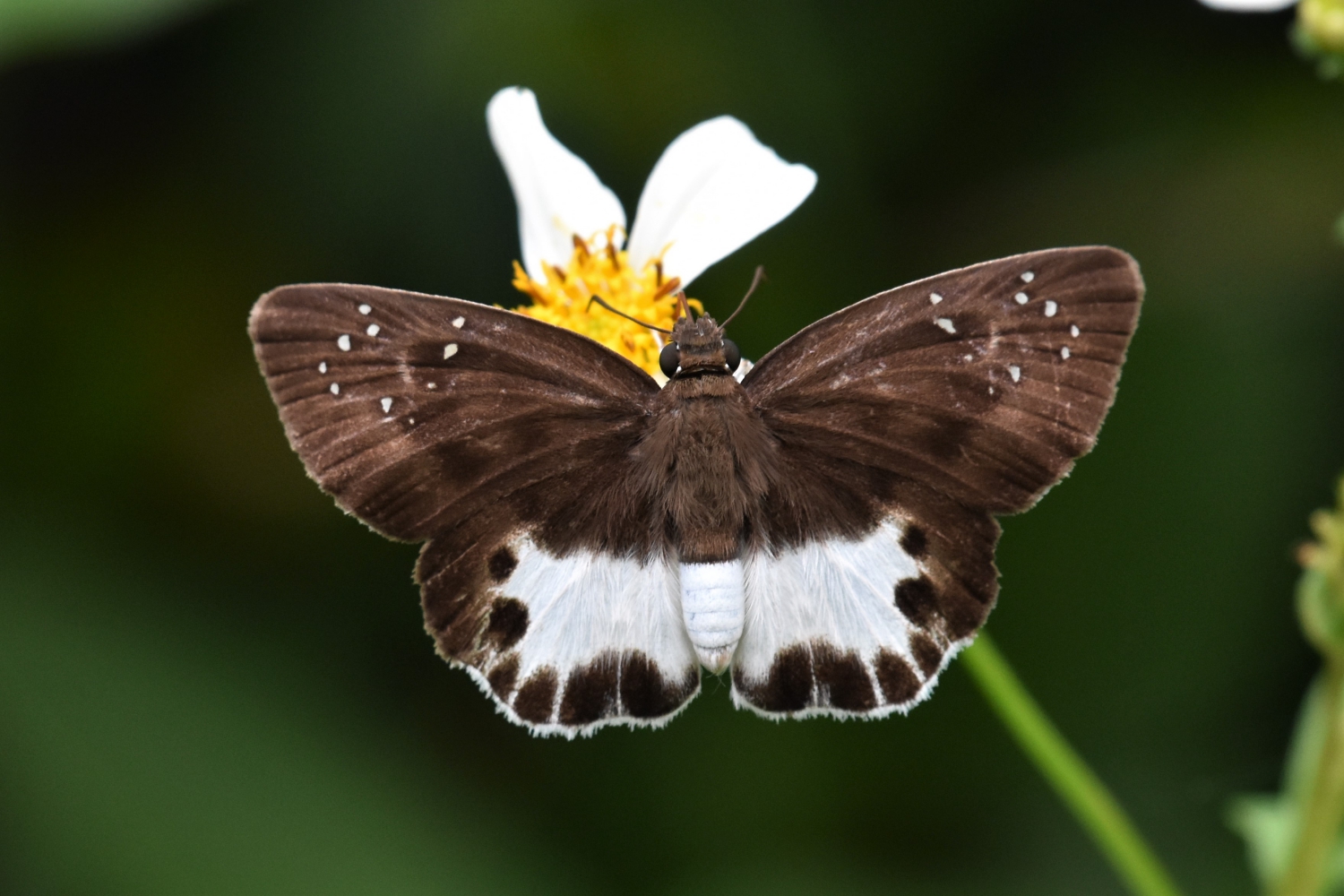 Photo credit: KCC / KFBG |
.jpg) Photo credit: Robert Ferguson |
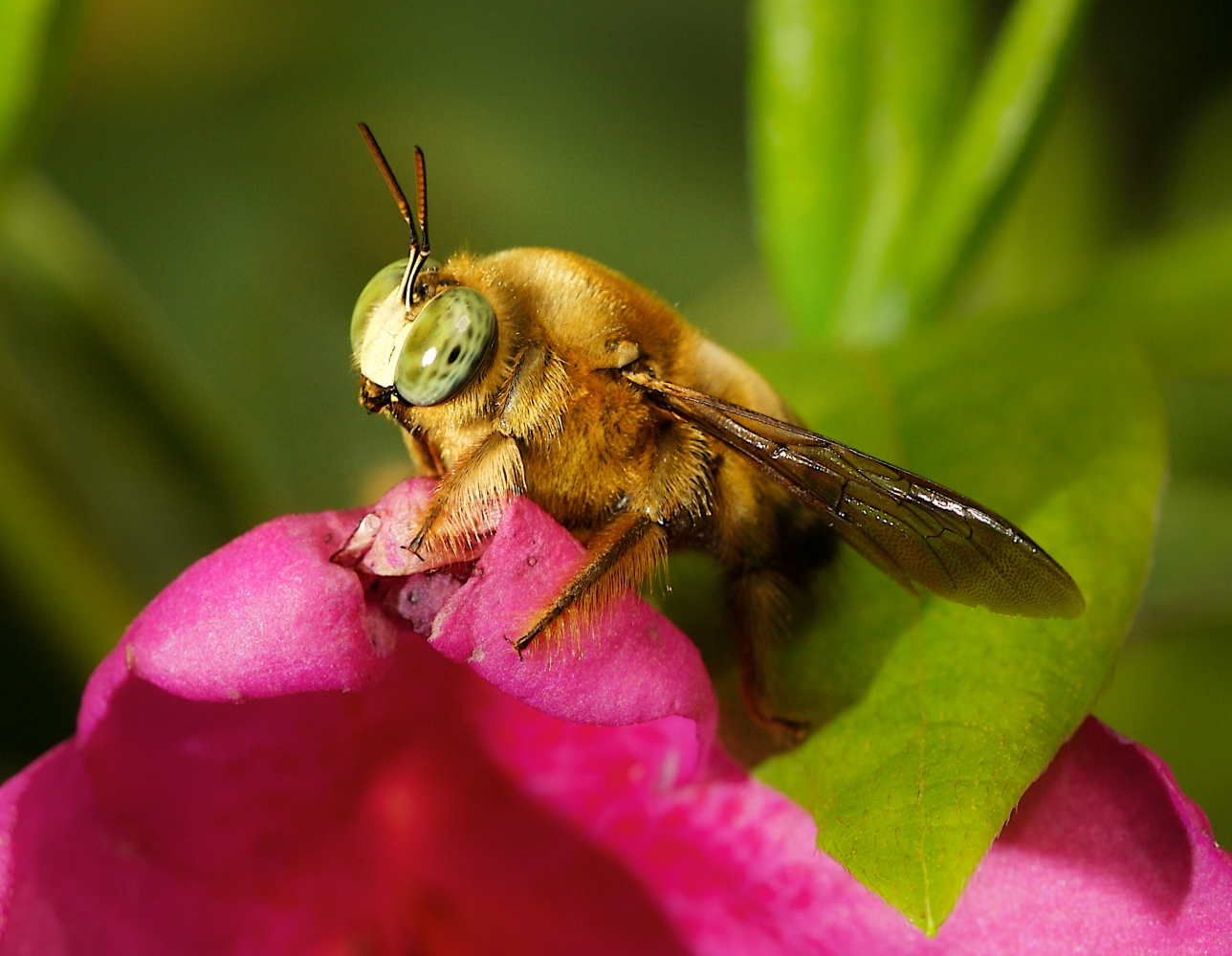 Photo credit: Robert Ferguson |
 Photo credit: Robert Ferguson |
%20at%20KFBG%2020070112%20-%20IMG_1340.jpg) Photo credit: Fauna / KFBG |
 Photo credit: Robert Ferguson |
|

